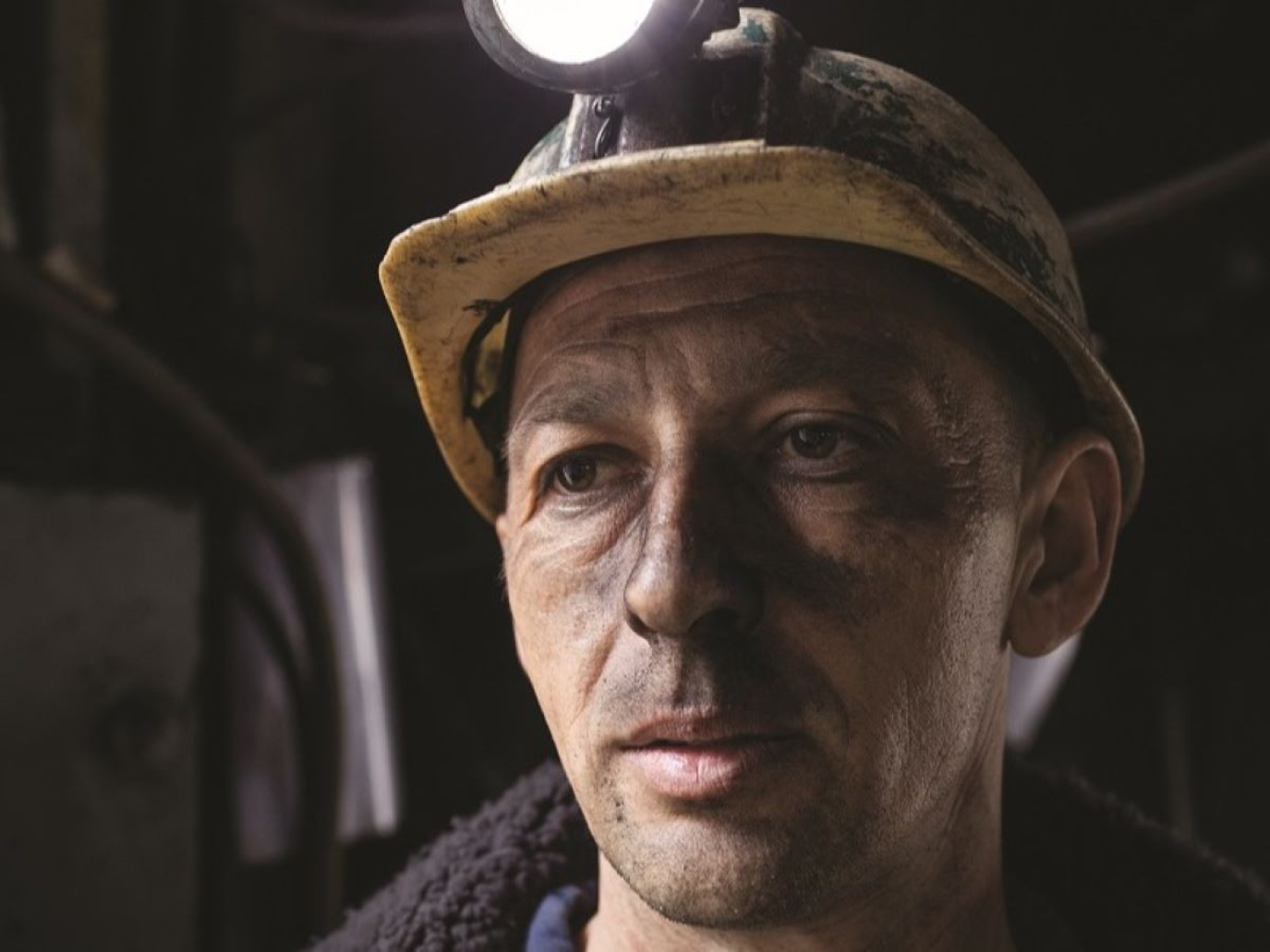This article is also available in Italian / Questo articolo è disponibile anche in italiano
According to the World Health Organisation (WHO), 90% of the world population breathes polluted air. In the Central Balkans the situation is particularly serious. Serbia, Bosnia and Herzegovina, Montenegro and Kosovo are primarily responsible for air pollution on the European continent. Every winter, towns and cities across the Balkans face the same problem of heavily polluted air, and residents are increasingly concerned about the health impacts.
The UN Environment Programme has revealed that concentrations of pollutants in the region are five times higher than the limits set by the European Union. This is mainly due to old industrial and energy production systems, consisting mainly of coal-fired power plants, open-cast lignite mines and a corrupt system where governments do not provide official data on pollution and people with diseases that can be linked to it.
Of the 10 most polluting sites in Europe, 8 are located in the Balkans. In 2016, 16 coal-fired plants in the Balkans emitted the same amount of pollutants as 250 plants in the EU. This situation is becoming increasingly serious with the conflict between Russia and Ukraine, where energy shortages are pushing the countries of Europe to return to the use of coal in energy production.
More necessary than the sun is a photographic journey into the heart of the central Balkans, which began in 2022. The project's aim is to document the consequences of pollution on the environment and the communities most affected by these 'monsters', which are often run by foreign companies and represent a new form of neo-colonialism. The communities living in these places, often the most fragile and poor, can hardly afford to create a new life for themselves in a healthier place and are left with no choice but to accept the future that has been imposed on them.
The first chapter of this project focuses on Bosnia, which sadly represents the most emblematic state in the region. According to the Human Right Watch Report, Bosnia has the fifth highest incidence of deaths due to air pollution globally.
“Air pollution knows no borders and is still an invisible killer in Europe”, Vlatka Matkovic Puljic, Senior Health and Energy Officer at HEAL, Health and Environment Alliance, explains. “A significant amount of pollution from the Western Balkans travels into the EU. Pollution from the Western Balkans adds to the already poor air quality in the EU countries, making it harder especially for the adjacent EU neighbours to meet air quality standards. It is high time that EU policy-makers step up efforts to clean up the air and decarbonise the power sector in the Southeastern European region.”
The Banovići coal mine, owned by the RMU Banovici company. The mine is one of the largest in the Balkans and supplies the country's power generation and industrial plants, but also exports its material abroad. The mine has an estimated annual production of 1.5 million tonnes of coal and ranks fifth in Europe.
According to the CEE Bankwatch Network report, the Western Balkans is becoming a region of contrasts. While North Macedonia has pledged to phase out coal by 2027, Serbia and Bosnia and Herzegovina are still planning new lignite power plants, despite pledging to phase out fossil fuels by 2050 as part of the EU's green agenda. Several plants have been cancelled, but the region's development of sustainable renewables is lagging behind, leaving the region vulnerable during the ongoing energy crisis.
Banovići (Tuzla), Bosnia and Herzegovina, March 2023
Some local farmers near the village of Fajtovci take a break while threshing the fields. Before the arrival of winter, they prepare to process fodder and store it for the animals. Local farmers complain that dairy farms in the area do not want to buy their milk because the animals drink water and eat fodder contaminated by the mine.
Fajtovci (Sanski Most), Bosnia and Herzegovina, October 2023
The interior of a house in the village of Bašići, not far from the town of Sanski Most.
Strong vibrations from the lignite mine, owned by the Lager company, are making many houses uninhabitable and causing large cracks in the walls. Despite the fact that the company does not have an environmental permit to mine coal, its excavations are moving closer and closer to the settlements in the area.
Bašići (Sanski Most), Bosnia and Herzegovina, October 2023
Aerial view of the coal mine owned by the company LAGER d.o.o. According to the Centre for Environment in Banja Luke, the mine is operating without complying with environmental regulations, causing serious damage to the environment. Recent water analyses have shown that the river adjacent to the mine contains levels of heavy metals above the legal limit, and that the mine is not operating in accordance with environmental regulations.
Gorice (Sanski Most), Bosnia and Herzegovina, October 2023
A miner inside the Banovići coal mine. According to the head of the miners' trade unions, the mine has coal for another 40 years, but will most likely have to close in 15 years to comply with agreements made with the European Union. In 2020, the Energy Community Secretariat found that subsidies for the coal sector in the Western Balkans and Ukraine amounted to EUR 2 billion between 2015 and 2019 – a considerable amount for countries that do not consider themselves well-off.
Banovići (Tuzla), Bosnia and Herzegovina, March 2023
Each miner is given a personal number plate, which he must hand in to the technical office before going underground to receive his personal torch. The average salary of a miner in Bosnia and Herzegovina is around 400 euro per month.
Banovići (Tuzla), Bosnia and Herzegovina, October 2023
Miners prepare to go underground at the Banovići mine. To reach the place where they will work, they will have to descend 7 km underground and it will take them 45 minutes to get there, travelling on a conveyor belt.
Banovići (Tuzla), Bosnia and Herzegovina, October 2023
The artificial lake Jezero Dva, containing the waste from the Tuzla Thermal Power Plant (TPP), owned by the state-owned Elektroprivreda Bosne i Hercegovine (EbiH). The power plant and the reservoirs into which the combustion ash is discharged are located on the edge of the city, close to inhabited areas. “The reservoir has not been sealed, so the toxic sludge can seep into the ground and seep into the water table, while the dust can be dispersed into the air with terrible consequences for public health and the environment”. These are the words of activist Denis Žiško from the Centar za ekologiju i energiju in Tuzla (in the background), the third largest city in Bosnia and Herzegovina.
Bukinje (Tuzla), Bosnia and Herzegovina, March 2023
The pipes used to transport waste material from the thermal power plant (TPP), owned by the state-owned Elektroprivreda Bosne i Hercegovine (EBiH), into the Jezero Dva reservoir. There are no official studies on the correlation between the plant's activity and public health. The only known research to date is the one sponsored by the Centre for Ecology and Energy (NGO), conducted by Professor Nurka Pranjic from the Department of Occupational and Environmental Health of the Faculty of Medicine at the University of Tuzla. The study found a statistically significant association between negative health impacts and long-term exposure to heavy metals dispersed in the vicinity of the thermal power plant and landfills.
Bukinje (Tuzla), Bosnia and Herzegovina, March 2023
Izet Barcic, in the village of Bukinje; he lives with his wife a few hundred metres from the Tuzla thermal power station. "I feel lucky to still be alive. They operated four times and removed my lung. Before the operation I weighed 120 kilos, I felt very strong. Afterwards I weighed only 40. This plant is killing us all and I hope one day to be able to leave this place".
Bukinje (Tuzla), Bosnia and Herzegovina, March 2023
Images: Matteo Trevisan



